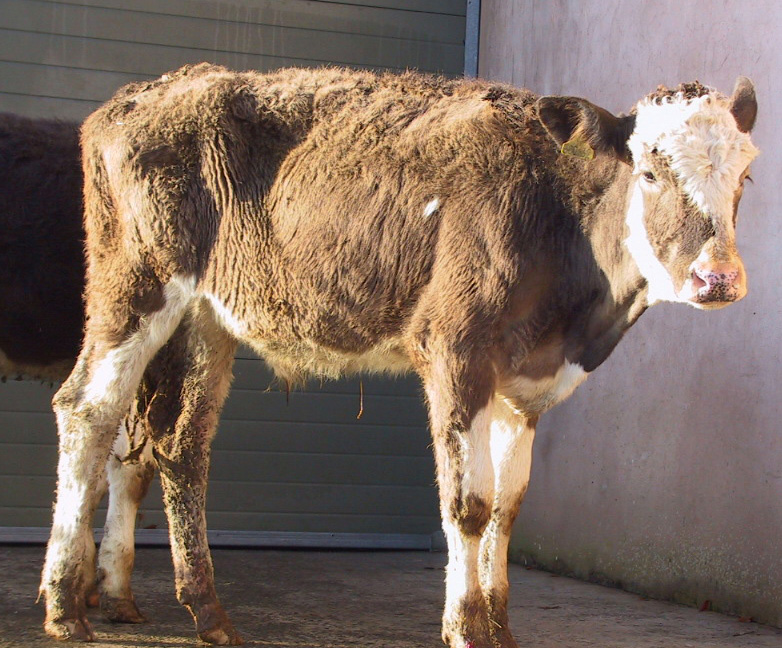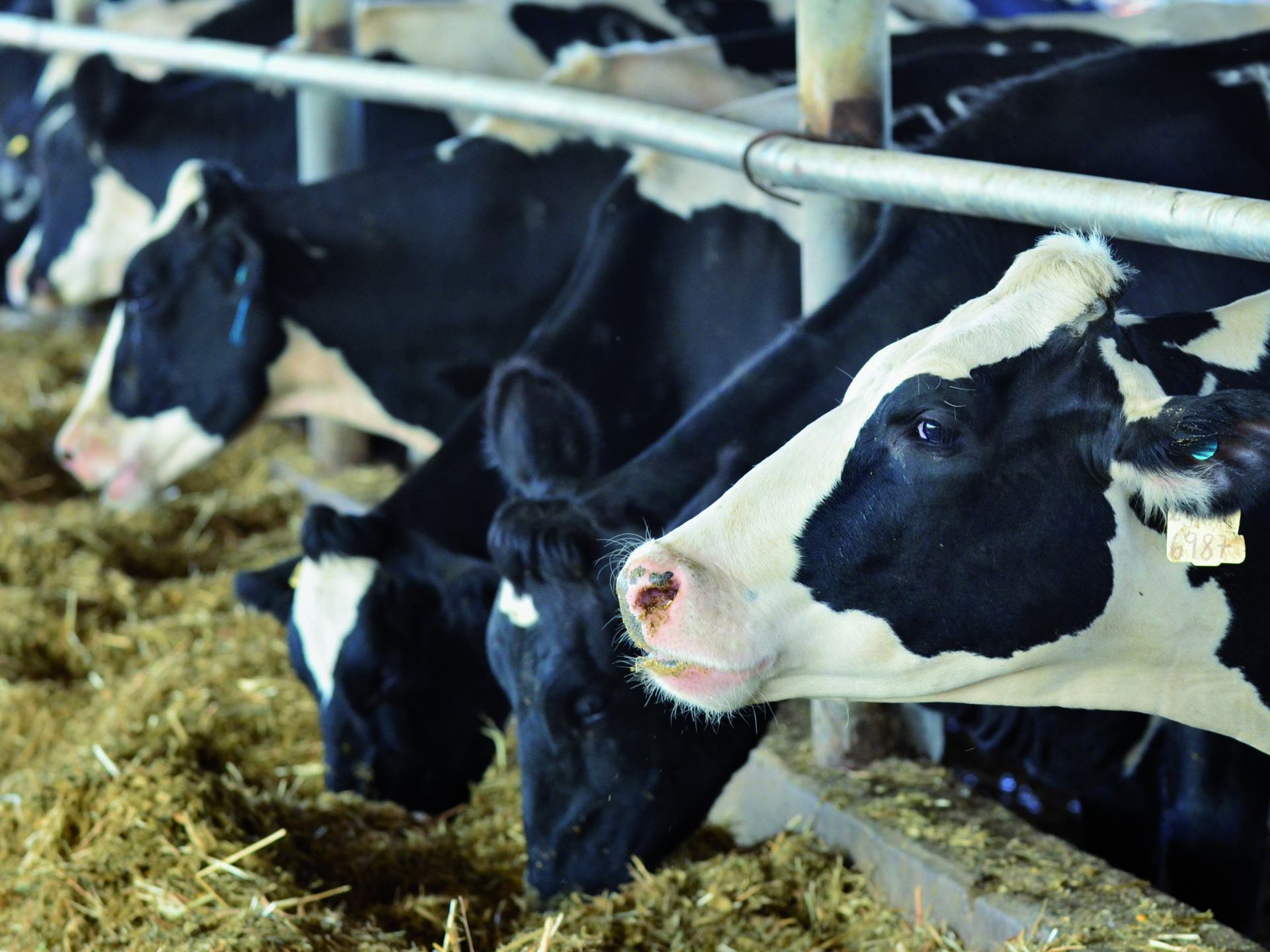Lead is a poison that affects virtually every system in the human body. Lead and in daily use on many farms.

Dehydration Causes And Symptoms On Your Livestock Operation Zinpro
Prevention is a matter of good management by not allowing cattle access to sources of lead.

How to treat lead poisoning in cattle. Supportive care removal from source and chelation therapy if practical. This may mean walking and scouring pastures for discarded batteries or other sources of lead. Chelation therapy in combination with antioxidant treatment may limit oxidative damage associated with.
In general cows are more stoic in nature and much more difficult to assess for pain. CDC Lead Poisoning Prevention and Treatment Recommendations for Refugee Children 1. Lead Toxicity and its Effects on Animals and Animal Products Poisoning by toxic chemicals such as lead can cause serious diseases in people particularly children and livestock.
If you see other yard sites where batteries are in the open suggest the producers recycle them. Lead causes anemia when it combines with red blood cells and bone marrow. Within 42 days of the last exposure to lead in order to ensure that all affected stock are identified.
If we suspect lead poisoning it is key to find the source of lead and remove it so more cattle are not affected. Blindness behavioral change head pressing sudden death. In treating live animals veterinarians may use measures such as sedatives for hyper animals and giving Calcium EDTA to tie up the lead.
Remove old batteries to reduce the risk of lead poisoning. Regulatory authorities such as the Food Standards Agency may recommend withdrawal periods before milk andor meat from exposed cattle may enter the food chain. It is generally not recommended to treat cattle with signs of lead poisoning because the treatment is very unlikely to be successful.
Others arent unless good feed is in short supply stage of development conditions in which they grew some species of saltbush are good forage except when grown in soils high in selenium moisture content of the plant part eaten some have more poison in the roots seeds or some other. The toxins that affect cattle do not affect humans. Poor in animals with neurological signs.
It also persists in the environment for many years. It is generally not recommended to treat cattle with signs of lead poisoning because the treatment is very unlikely to be successful. It is usually a fairly quick and easy process.
Barbiturates or tranquilizers may be indicated to control convulsions. Cattle with lead toxicity are not fit for human consumption because high lead levels can be passed to consumers through the meat. In cattle surgery to remove particulate lead material from the reticulum after the ingestion of batteries is rarely successful.
Prevent your residents from accessing buildings and fences with old paint as they may chew or lick these objects and ingest lead. A probe is under way into how the cows may have come into contact with the lead. Lead poisoning remains one of the most common and preventable pediatric environmental conditions in the United States.
Investigations under way are focused on degrading lead weights on collars worn by the animals. Cattle will readily drink crankcase oil lick grease from machinery and chew on lead plumbing and batteries. In fact up to a year or longer after a confirmed lead exposure cattle that were.
Drinking water from lead pipes is often suggested as a possible source of lead poisoning but cattle do not appear to be susceptible to poisoning by this route. Exposure to lead in paint vehicle batteries contaminated soil or plants and other sources. Lead is particularly harmful to the developing.
Cattle with lead toxicity are not fit for human consumption because high lead levels can be passed to consumers through the meat. The stockowner is responsible of the cost of testing. As the total number of cases of lead poisoning have decreased from over 100 in 1994 to less.
Poisoning of livestock depends on several factors including palatability of the plant some are readily eaten. Lead Sources Discarded lead-acid batteries are the most common source. Cows with low levels of lead toxicity do not generally exhibit symptoms.
Samples can be stored by the collecting veterinarian or laboratory for later testing. In fact up to a year or longer after a confirmed lead exposure cattle that were. The lead in these materials settles in the stomachs of cattle where stomach acids gradually change the lead into poisonous salts.
The ingestion of clostridia by an animal can cause exposure to this toxin and may lead to the onset of what is known as botulism. Lets keep the environment cleaner recycle those used batteries and try and minimize any chance of lead poisoning in our cattle.

Milk Fever Causes Consequences Prevention Ew Nutrition

Nadis National Animal Disease Information Service
Https Www Dpi Nsw Gov Au Data Assets Pdf File 0014 102416 Lead Affected Cattle Pdf

Feed Flavours For Cattle The Benefits All About Feed

Q A What You Need To Know About Mycoplasma Bovis In Cattle Farmers Weekly

Pin By Suzette Flitton On Health Homeopathic Medicine Homeopathic Homeopathy
Prevent Lead Poisoning And Residues In Livestock Agriculture And Food


0 comments:
Post a Comment